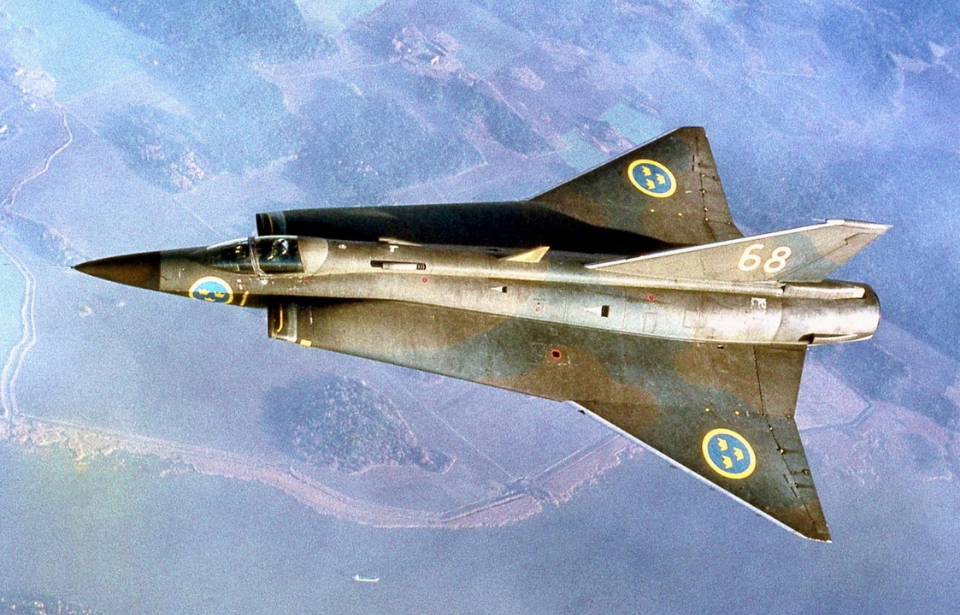In the post-World War II world, the need for advanced jet fighter technology loomed large. In the soaring 1960s, the Saab J35 Draken was nothing more than a glimmer in the eye of ambitious Swedish engineers. As thrilling as the concept of a tail-less double-delta wing aircraft was, it was a leap into uncharted territory. However, just as a dragon breathes fire, Saab engineers embraced the challenge with determination – the kind legends are made of.
Development of the Saab J35 Draken
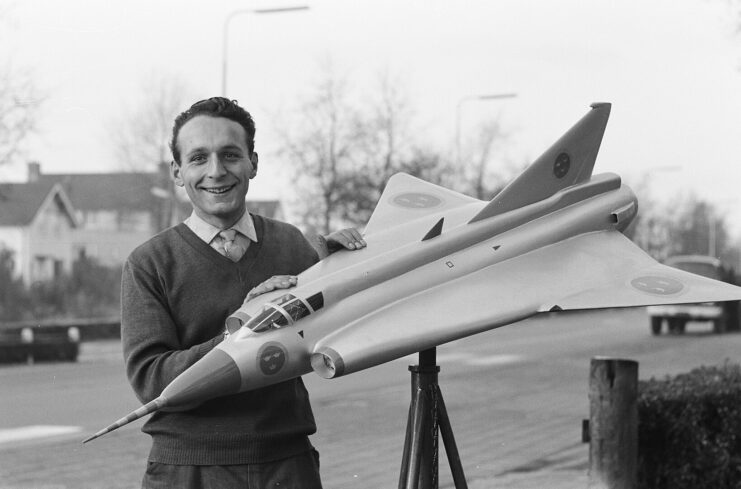
The Swedish Air Force, keen not to lag behind in the race for advanced jet fighter technology, began envisioning a supersonic fighter capable of intercepting bombers at high altitudes. A bold idea took root, and the Defence Materiel Administration announced a set of requirements for a state-of-the-art interceptor.
Unlike its contemporary, the US Air Force’s Lockheed F-104 Starfighter, this Nordic creation had a unique role to play; it was to operate from reinforced public roads, a strategy developed by the Swedish Ministry of Defence during the Cold War to protect against potential nuclear threats. It also had to be capable of conducting operations in all weather conditions.
Saab J35 Draken specs
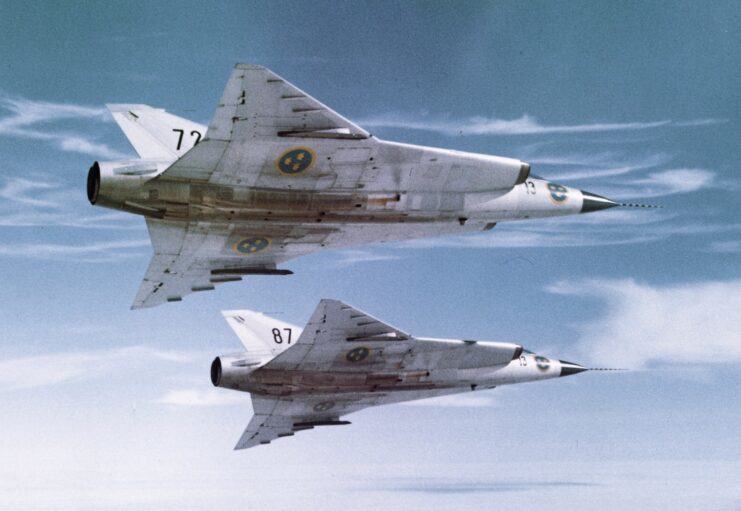
The J35 Draken’s design was unique, featuring a double-delta wing configuration – a pioneering concept. This structure, with its distinctively sharp angles, was instrumental in achieving the desired balance between high-speed performance and low-speed stability.
The J35’s aerodynamic design, optimized for high-speed flight, was complemented by an afterburner-equipped turbojet engine that granted it extraordinary speed capabilities. In fact, it was one of the first Western European-built aircraft to break Mach 2.
A rather bouncy start
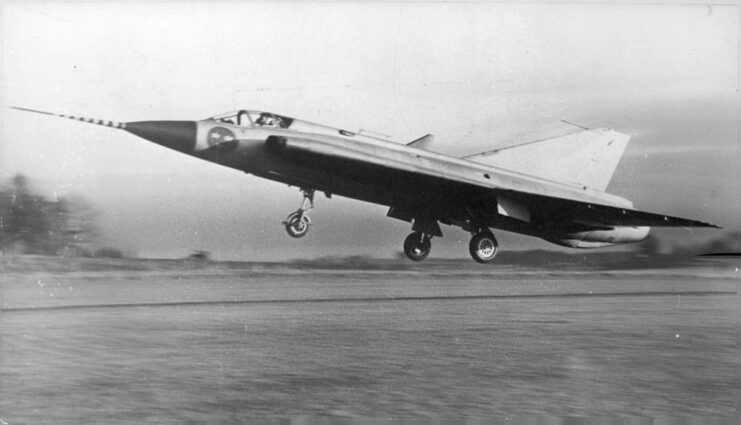
The beginning of the Saab J35 Draken’s service life wasn’t exactly smooth sailing.
The double-delta wing configuration, a revolutionary idea at the time, proved to be a wicked beast to tame. With its unstable nature, landing the aircraft was a high-stakes game requiring manual stabilization – a tricky feat for any pilot. However, as the saying goes, every cloud has a silver lining. In this case, the challenge presented an unexpected opportunity – the discovery of a maneuver unknown to any other nation at the time.
Cobra Maneuver

In their quest to master the unpredictable beast, Swedish test pilots stumbled upon a secret weapon: the Cobra Maneuver. As the J35 Draken entered an uncontrollable stall at high alpha, they discovered they could control it by quickly negating the angle of attack to counter the suspension.
Voila! They’d turned the J35 into its own airbrake, reducing its speed instantaneously.
Saab J35 Draken’s legacy
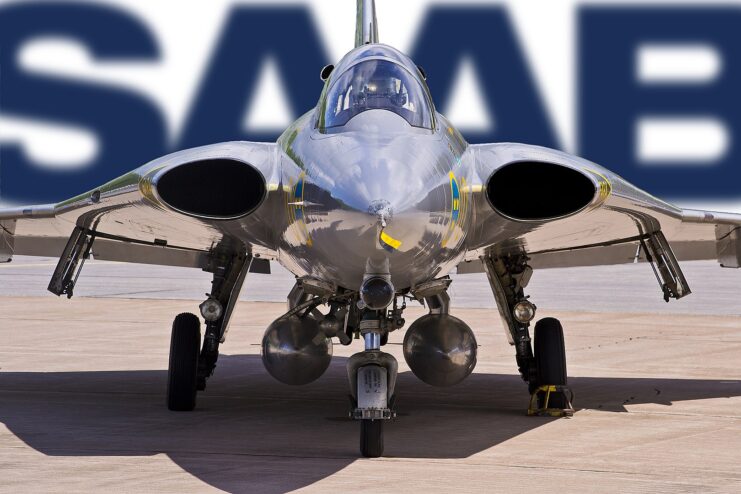
Not only was the J35 Draken a high-altitude interceptor, it also proved to be a capable dogfighter. With impressive quick-turn capability and its high speed, the Swedish fighter was twice as capable as other single-engine jets of the same era. The improved J35B model featured an enhanced power plant, an enlarged afterburner, a redesigned rear fuselage and integrated with the air defense control network, STRIL 60.
